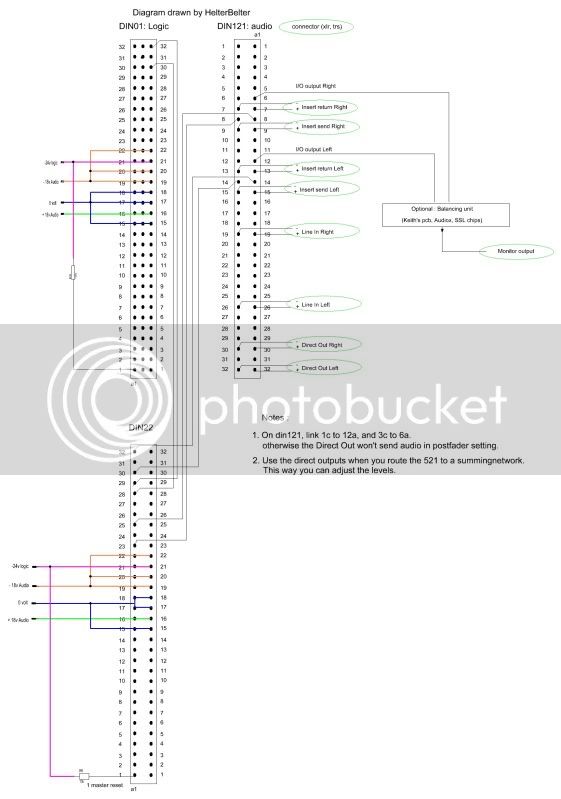helterbelter
Well-known member
Hi Mike,
I'm not on the forum all the time, hence the slooooooow response. Also, I'm on a diy sabbatical, hahaha.
First of all, I think it'd be better to continue this conversation in your 7 rail psu thread. This thread is purely meant for Digital Metal's project. I've got the notification option checked for your thread.
Anyway
dual 18v is fine, I built plenty PSU's for 5k cassettes using the JLM PSU with dual 18v trannies. 18v will be somewhere between 20 and 22v unloaded. add the 1.4 rule, that'll be 28 to 30v.
Here a quote from the JLM site, to add explanation :
"What Power Transformer secondary volts do I need?
The transformer secondary AC volts needed depends on the +/- dc regulated voltage rails wanted. If you want +/-34vdc regulated for 99v you will need 37v to 40v unregulated which would need one or two 26vac to 28vac transformer secondary windings. This might sound like a odd voltage value but in reality when you take the fully loaded voltage and add the regulation percentage specified by the transformer manufacture to get the no load voltage it all works out. So if the voltage output of a transformer is stated as 25vac at full load by adding the 10 to 20% regulation amount you will end up with 27.5vac to 30vac unloaded with is perfect. Also if you use one 25vac winding then the refresh rate to the large storage capacitors will be 50 or 60Hz depending on the country you are in. If you use two 25vac windings or a 50vac centre tapped winding the refresh rate will be 100Hz or 120Hz which will almost half the amount of ripple on the large storage caps. Also the dual 25vac has symmetrical ripple. " )
Regarding the 3 rail psu :
Yes, you can apply the negative doubler mod on this one also, but then you'd be using 2 of these for your Xrack/5000 rack after all, right ?
I'm not on the forum all the time, hence the slooooooow response. Also, I'm on a diy sabbatical, hahaha.
First of all, I think it'd be better to continue this conversation in your 7 rail psu thread. This thread is purely meant for Digital Metal's project. I've got the notification option checked for your thread.
Anyway
dual 18v is fine, I built plenty PSU's for 5k cassettes using the JLM PSU with dual 18v trannies. 18v will be somewhere between 20 and 22v unloaded. add the 1.4 rule, that'll be 28 to 30v.
Here a quote from the JLM site, to add explanation :
"What Power Transformer secondary volts do I need?
The transformer secondary AC volts needed depends on the +/- dc regulated voltage rails wanted. If you want +/-34vdc regulated for 99v you will need 37v to 40v unregulated which would need one or two 26vac to 28vac transformer secondary windings. This might sound like a odd voltage value but in reality when you take the fully loaded voltage and add the regulation percentage specified by the transformer manufacture to get the no load voltage it all works out. So if the voltage output of a transformer is stated as 25vac at full load by adding the 10 to 20% regulation amount you will end up with 27.5vac to 30vac unloaded with is perfect. Also if you use one 25vac winding then the refresh rate to the large storage capacitors will be 50 or 60Hz depending on the country you are in. If you use two 25vac windings or a 50vac centre tapped winding the refresh rate will be 100Hz or 120Hz which will almost half the amount of ripple on the large storage caps. Also the dual 25vac has symmetrical ripple. " )
Regarding the 3 rail psu :
Yes, you can apply the negative doubler mod on this one also, but then you'd be using 2 of these for your Xrack/5000 rack after all, right ?















